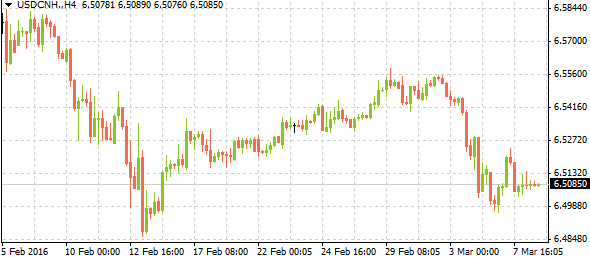The fears expressed by economists recognizing a pattern in the consequences experienced by China due to dwindling global trade health are close to being realized, according to drastic numbers coming with the latest trade balance report from the National Bureau of Statistics. The figures illustrated that the once mighty trade surplus claimed by the world’s biggest factory economy has almost halved in the last month, from 63.29 billion yuan in January to 32.59 billion yuan in February, indicating that China’s transition is going to get harder before it gets easier. Unfortunately, trade is one of the better indicators of economic health and is stubborn when it comes to shifting direction when compared with other metrics. This is difficult to face for policymakers in the country, who are unendingly keen to reassure markets with official announcements of optimism and frequent stimulus measures. These measures have so far been somewhat disappointing, however, as volatility in the region is as high as ever and capital escape from China into foreign markets quickly paced.

The huge gap downward in trade surplus is too much of an outlier to attribute to the recent Chinese Lunar New Year, though it has traditionally influenced official numbers in the area. The last time a slide of this magnitude was experienced was in mid-2009, but this time policymakers cannot cushion the fall with rapid-fire policy, largely because the bandages implemented six years ago suffer from diminishing returns. The stimulus being implemented in Western economies right now may realize the same fate down the road, as it becomes more apparent that China exemplifies the situation faced by Central Banks who continually put off fundamental growth in favour of improvements that are only surface-deep. A contraction of -25.40% in exports in the last year alone says more than anything that the devaluation of currency to take a bigger part of the export pie does nothing to make the pie any larger, and we are all brought down as a result.
